Discoveries
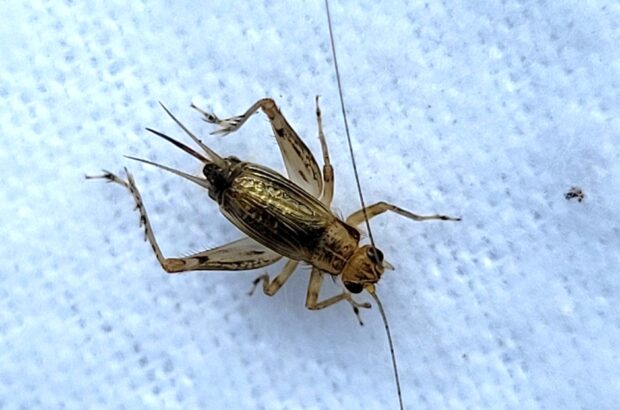
New Vineyard Orthoptera Records
Recent observations bring the Vineyard’s Orthoptera checklist to 71 species.

American Golden Longhorn (Callicera erratica)
Found in West Tisbury on May 3, 2025, a male Callicera erratica represented a new species of hoverfly for Martha’s Vineyard – and apparently for Massachusetts as well.
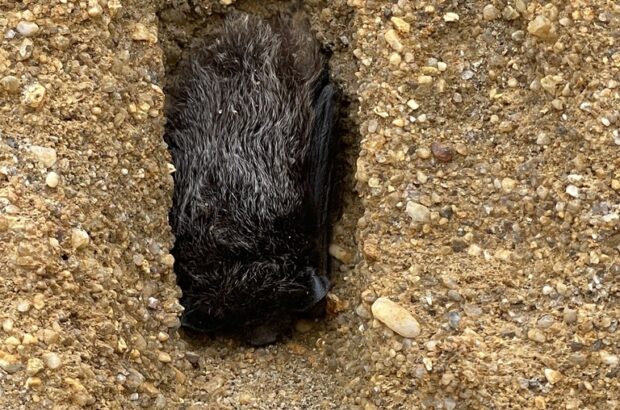
Eroding Cliffs Offer Migratory Bats a Roost
A stunning observation of a silver-haired bat roosting in an eroded chimney in the cliff at Lucy Vincent Beach, Chilmark, Massachusetts.
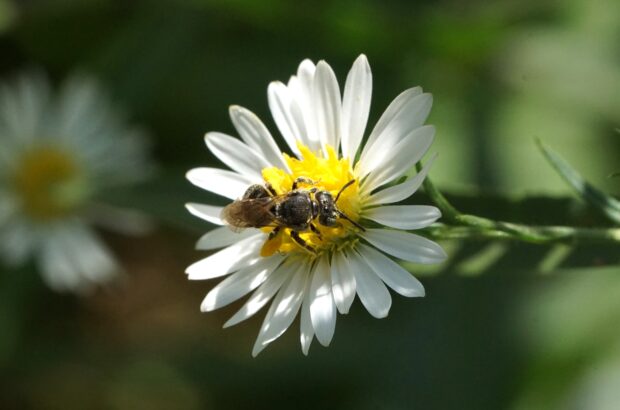
Protandrena compositarum
Protandrena compositarum, a small, specialized bee associated with aster flowers, has been documented for the first time on Martha’s Vineyard.
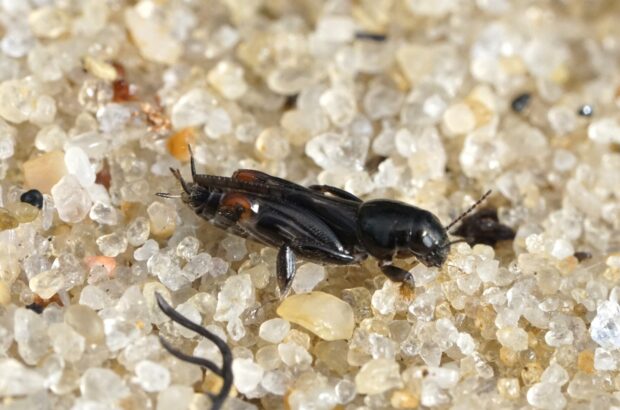
Neotridactylus apicialis
Neotridactylus apicialis, the larger pygmy mole grasshopper, has been documented on Martha’s Vineyard – the 69th species of Orthoptera known from the island.
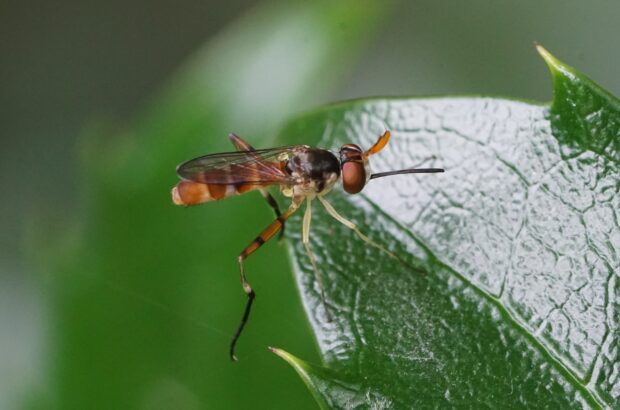
Stylogaster neglecta
Apparently a first record for Martha’s Vineyard, the Conopid fly Stylogaster neglecta was recently found outside the BiodiversityWorks office in Vineyard Haven.
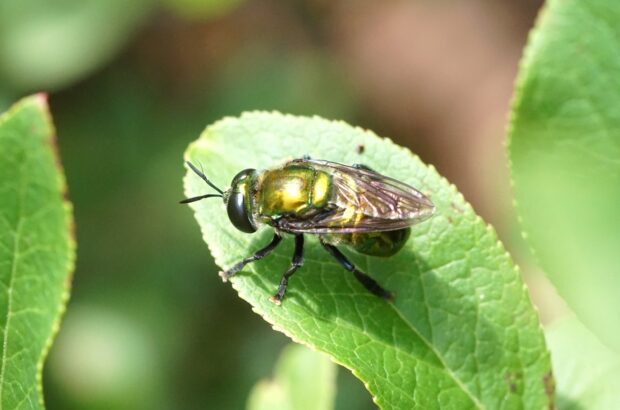
Microdon fulgens on Martha’s Vineyard
The discovery of the “ant fly” Microdon fulgens on Martha’s Vineyard extends the known distribution of the colorful, mainly southern Syprhid fly by about 250 miles.
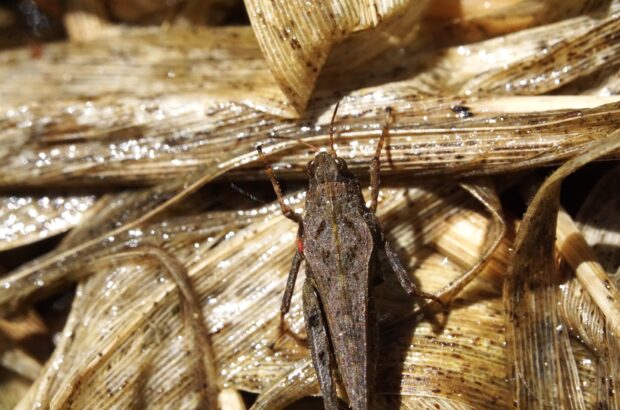
New Pygmy Grasshopper for Martha’s Vineyard
Tetrix subulata – slender or awl-shaped pygmy grasshopper – was found in Aquinnah on May 31, 2024. This was the first Vineyard record of this species, which represents the 68th species of Orthoptera known from the island.
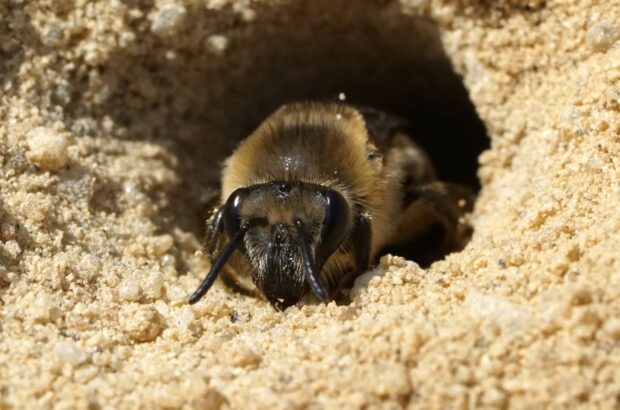
Colletes validus
While not exactly rare, the blueberry cellophane bee (Colletes validus) is a specialized one. Martha’s Vineyard, offering the sandy soils and large blueberry populations this bee requires, hosts a notable population of this species.
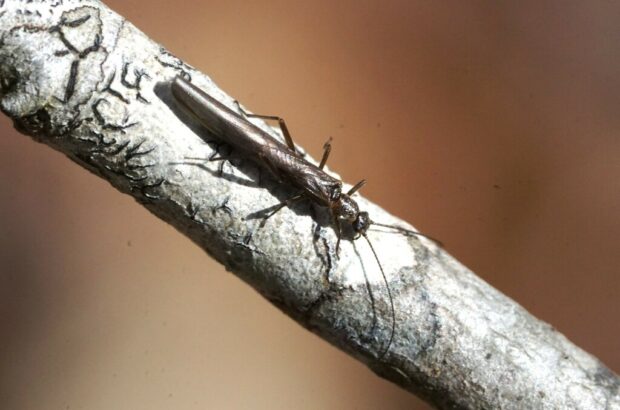
Stoneflies
With an aquatic larval stage, stoneflies (the order Plectoptera) associate with fast-moving streams with good water quality. While they are likely overlooked, Plectoptera are infrequently reported on Martha’s Vineyard.